Modern hair transplant techniques have made it possible to create a normal, full hairline with minimal signs of the procedure.





At Sharma Skin & Hair Surgery, we offer both F.U.E. and F.U.T. hair transplant services. Dr. Sharma is not only skilled in these surgical procedures, but he has a creative perspective in designing the perfect hairline to match facial contours and the shape of the head.
Both hair transplant techniques harvest hair follicles from the donor zone, which are then transplanted to the area that needs to be filled in. But there are differences in the way the hair is harvested and moved:
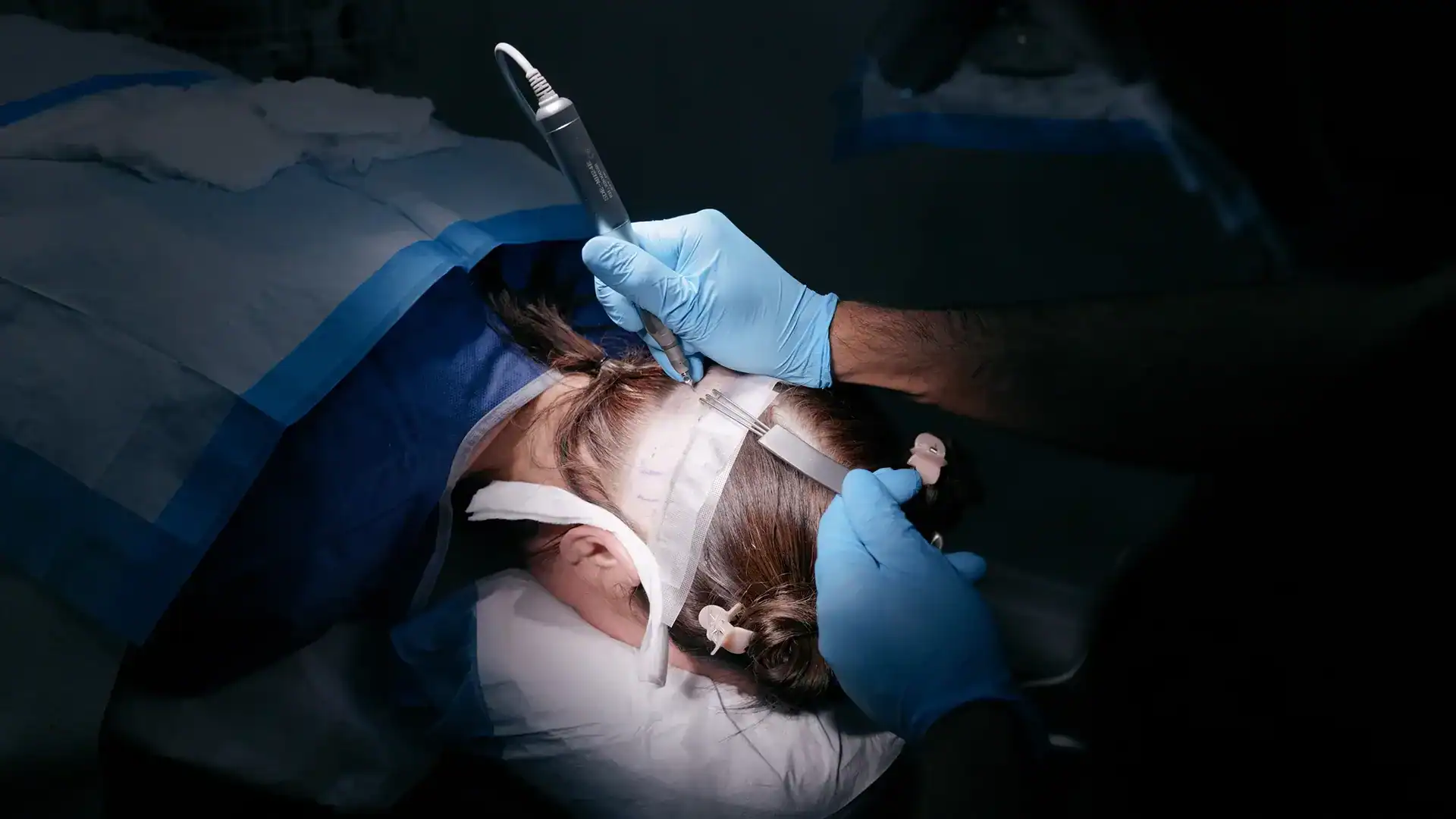
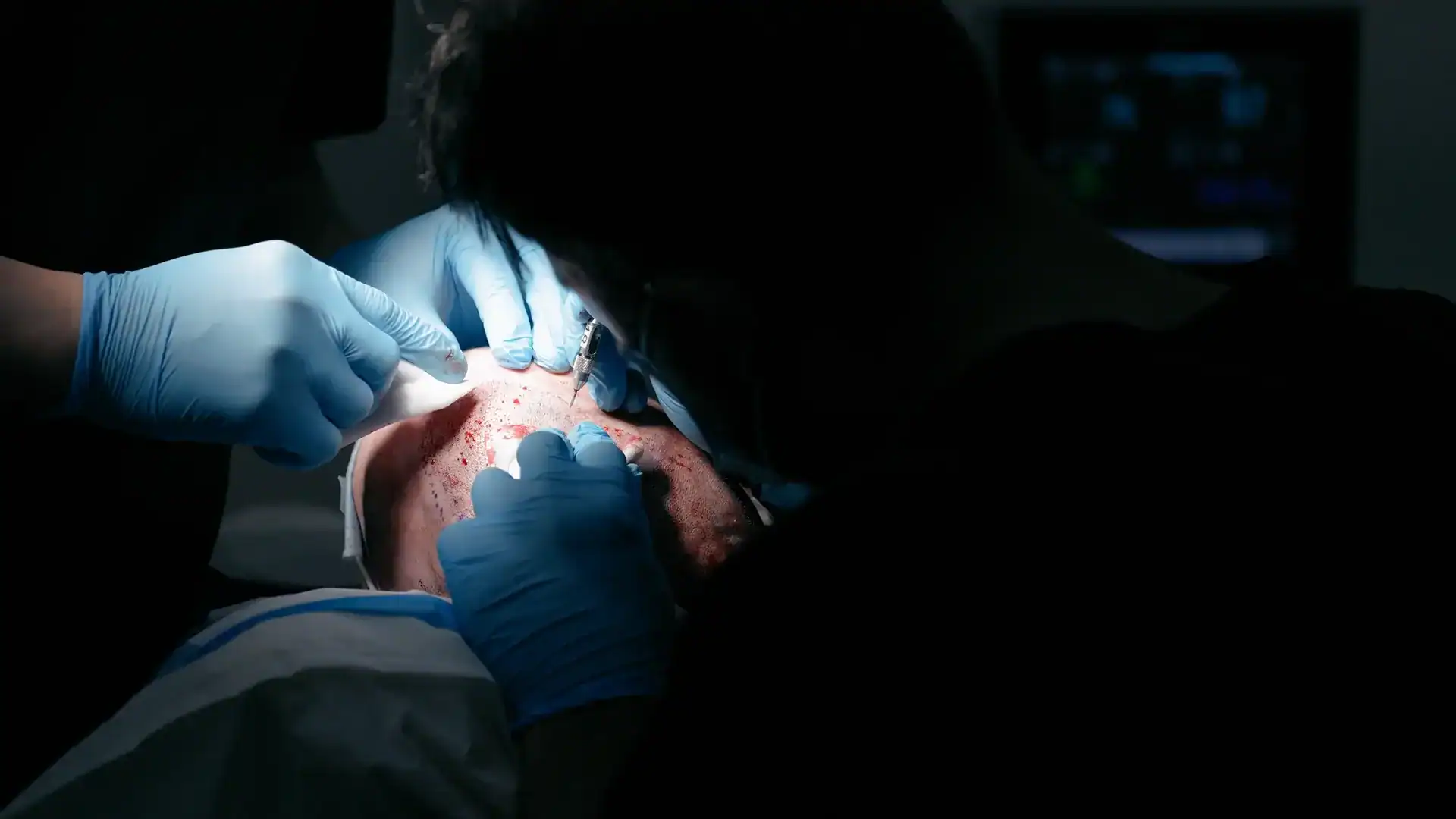
F.U.E. is considered the more advanced technique and is often the preferred method for people who want to minimize scarring and maximize the overall appearance of the hairline.
If you like to keep your hair short, then F.U.E. is a great choice because you don’t need to worry about noticeable scars. For example, a number 1 or number 2 clipper guard is sufficient to cover up the small marks left from areas that were harvested.
F.U.T. as a surgical technique is faster than F.U.E. and doesn’t require the head to be shaved, which allows you to keep the existing hair long if desired.
Sometimes, a combination of both F.U.T. & F.U.E. techniques are used to achieve best results. If maximum fullness is desired, then it is important to optimize the hair follicles that can be harvested.
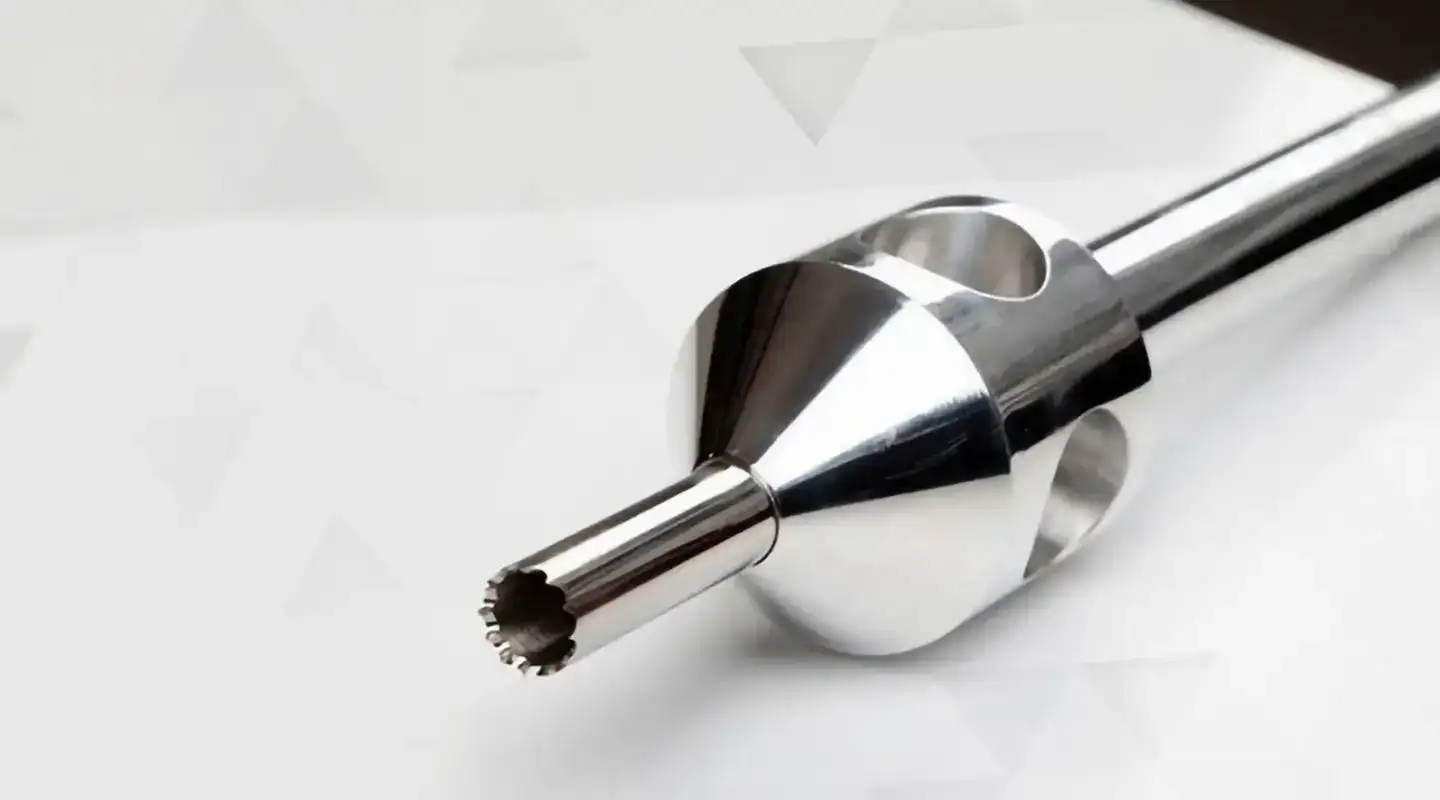
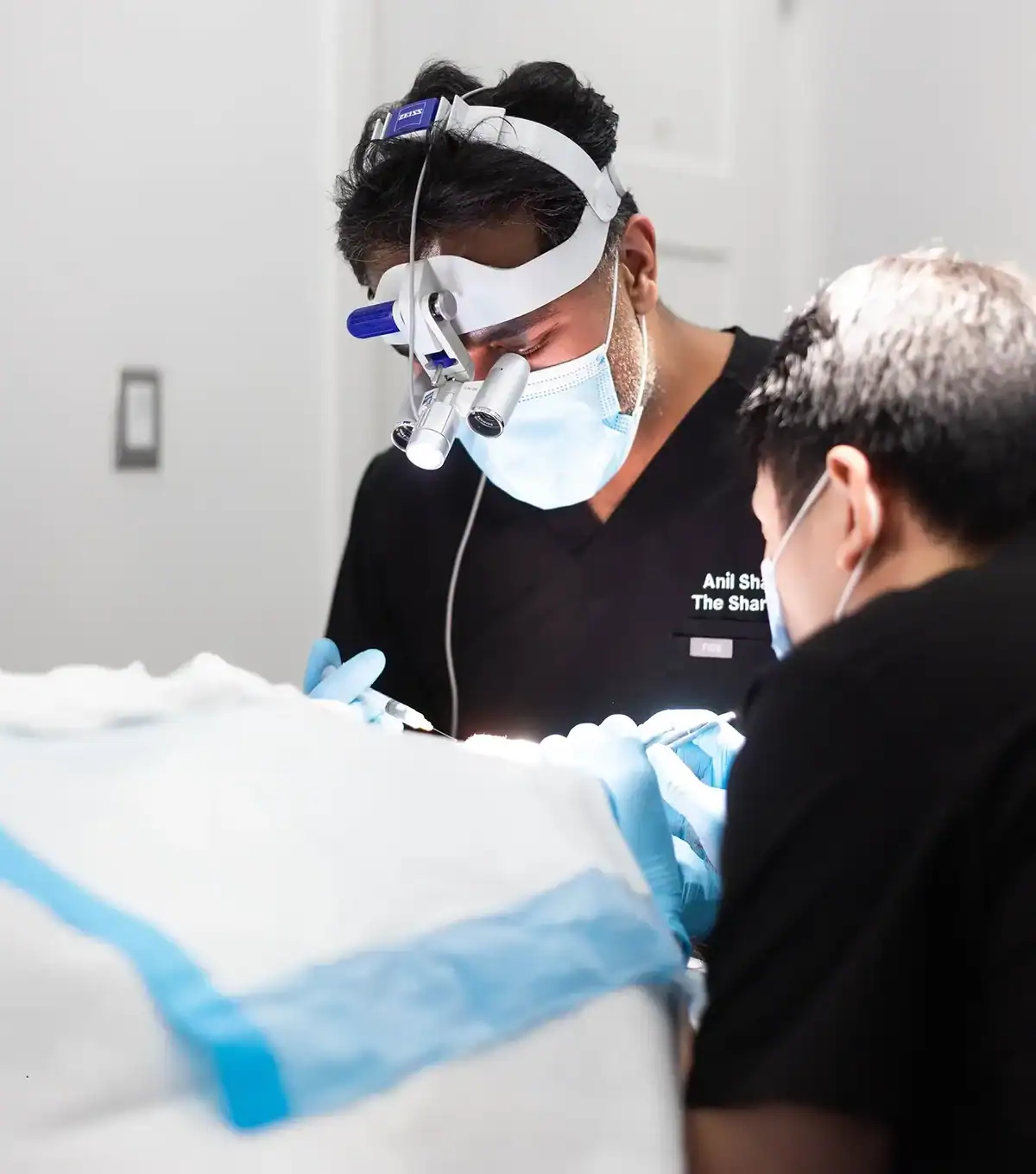
The F.U.T. Hair transplant involves creating a long linear incision at the back of the head. We then remove a narrow piece of skin and the attached hair follicles for harvest. Then, the wound is carefully closed with stitches using a three-layer closure technique to minimize scarring. A small scar is present after the treatment but is usually unnoticeable because it is hidden by only a small amount of hair growth.
Watch our F.U.T. Transplant video which goes through each step of the surgery narrated by Dr. Sharma.
Due to the graphic nature of the video, viewer discretion is advised.

The key to a successful hair transplant is precision with the way the hair follicles are harvested and placed in the new area on the scalp. Human hairs are grouped together with multiple strands of hair in each follicular unit. Regardless of the number of hairs in the follicle, the entire graft is placed with all hairs remaining together.
As the follicles are harvested, Dr. Sharma is careful to position the tool with precision so that it is aligned with the hair growth direction.
Regardless of the way the hair grafts are harvested, “stereoscopic dissecting” microscopes are used to ensure each hair unit is prepared for transplant. Dr. Sharma is a highly trained surgeon, with years of experience to ensure these grafts remain viable for placement.
Once the hair follicles are harvested and ready for placement, a slit technique is used to create small openings in the grafting area. These grafted units are placed one at a time to create a natural appearance. Not only does the placement and spacing matter, but it is a work of art to design a hairline with the right angle and flow of the hair.
Various factors affect the long-term outcome of the transplant. Dr. Sharma considers a variety of details, such as the depth of the graft placement, rotation of the hair, and positioning relative to other grafts. This strategic placement blends seamlessly with the existing hair, creating results that make it difficult to detect a difference between the grafts and the natural hair growth.
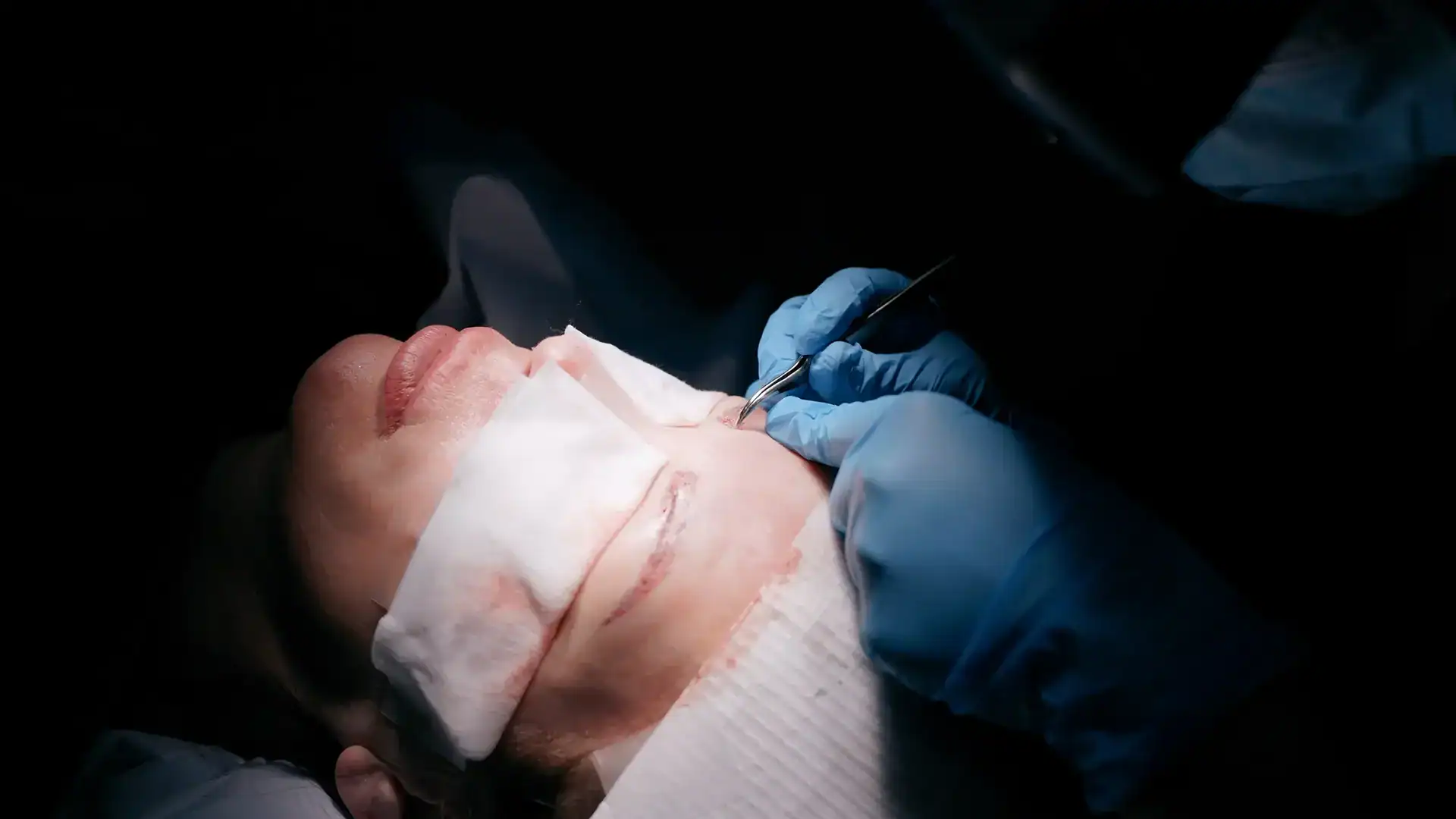
This local rock star allows us to share his Hair Transplant journey here at the Sharma Clinic. Many people want to see what is involved in this complex procedure and we wanted to deliver just that. Devin had roughly 1,700 grafts transplanted with the FUE transplant in Edmonton Alberta. After only 6 months, his hair line and mid-scalp are looking just amazing. Be sure to subscribe to us to see his full FUE hair transplant results after 1 year.